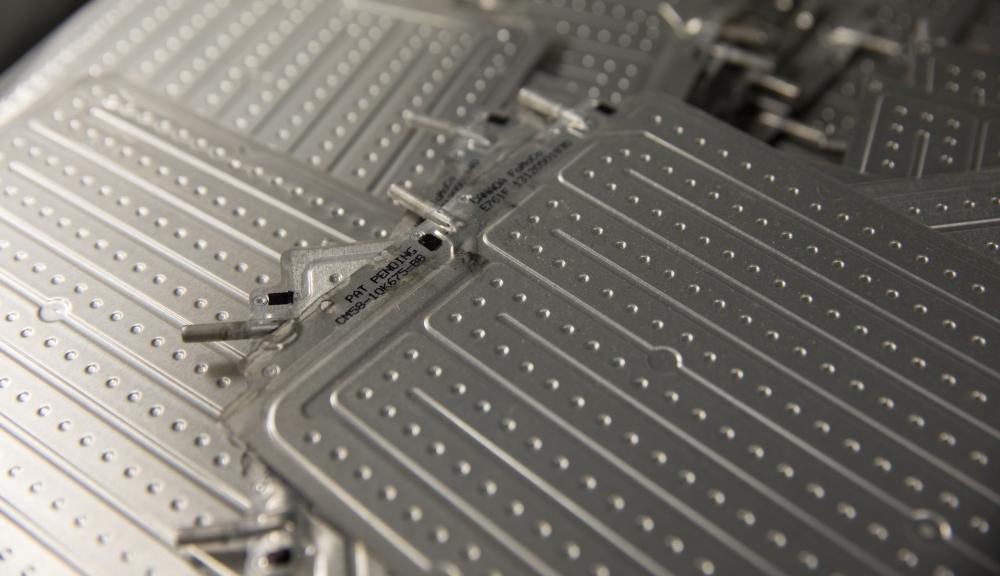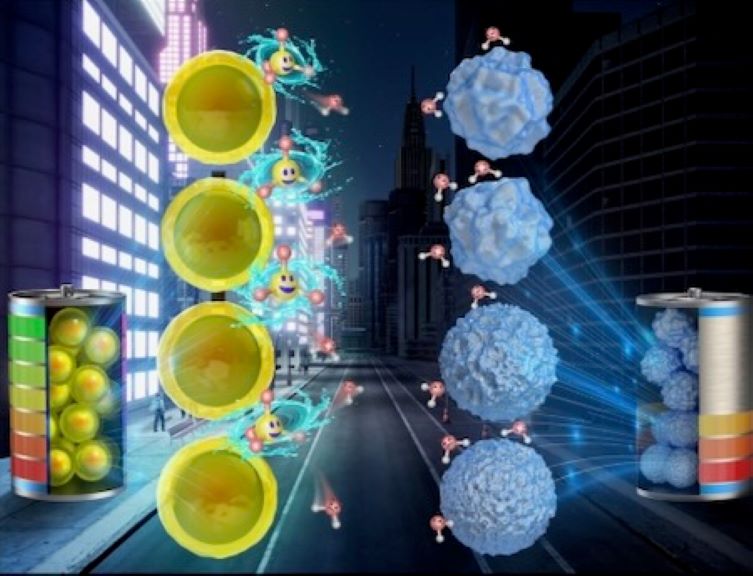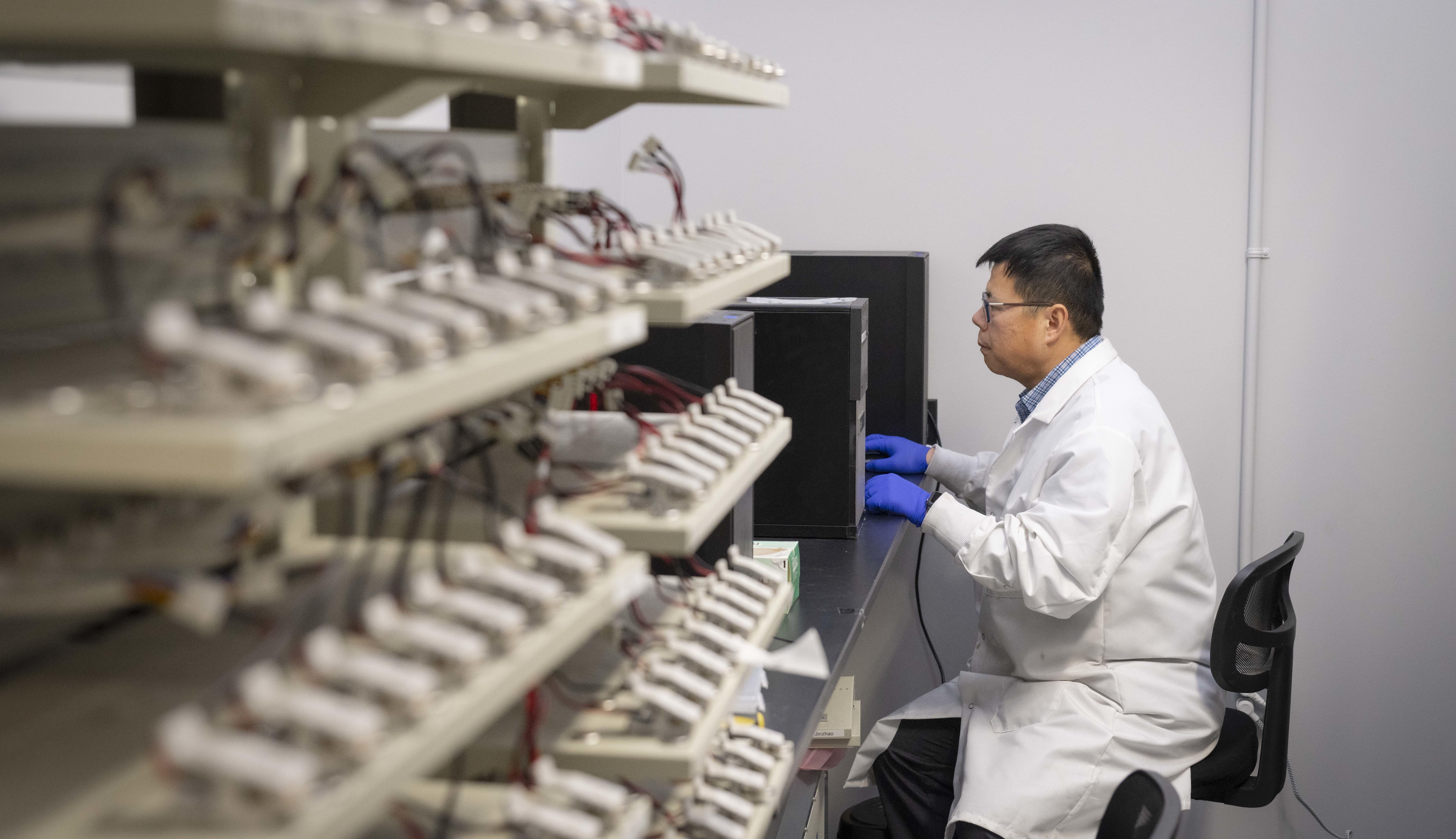First commercialized in 1991, lithium-ion batteries have become the de facto power source for portable electronics and electric and hybrid vehicles. The global market for these rechargeable energy storage devices, valued for their high energy density and light weight, was over $30 billion in 2016 and may reach close to $70 billion by 2022.
That rosy forecast aside, lithium-ion batteries have their drawbacks, including the energy consumption and environmental issues associated with their manufacture (see story at the end of this page). But one of the most significant issues facing manufacturers and customers comes when the batteries reach the end of their useful lives.
Lithium-ion battery cathodes are typically made from a mixture of lithium, cobalt, nickel, iron, and manganese, though the exact proportions used in a particular battery may be impossible to determine. To fully recover those materials, a recycler needs to be able to sort the batteries by chemistry. Since that is usually not possible, most recyclers simply burn the devices, producing a slag from which some materials (though not the lithium) can be salvaged.
In truth, only about 10 percent are ever recycled. The rest are trashed, putting a wealth of hazardous materials into the environment. And since most battery components are not reused, manufacturers must import more and more raw materials—often from poorer countries with lax environmental and human health rules.
A solution to this global problem may be on the horizon. It began seven years ago at WPI, with a budding friendship and a hunch.
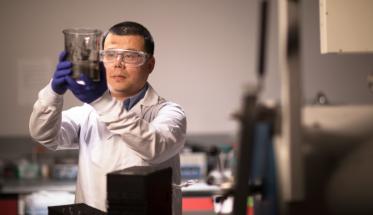


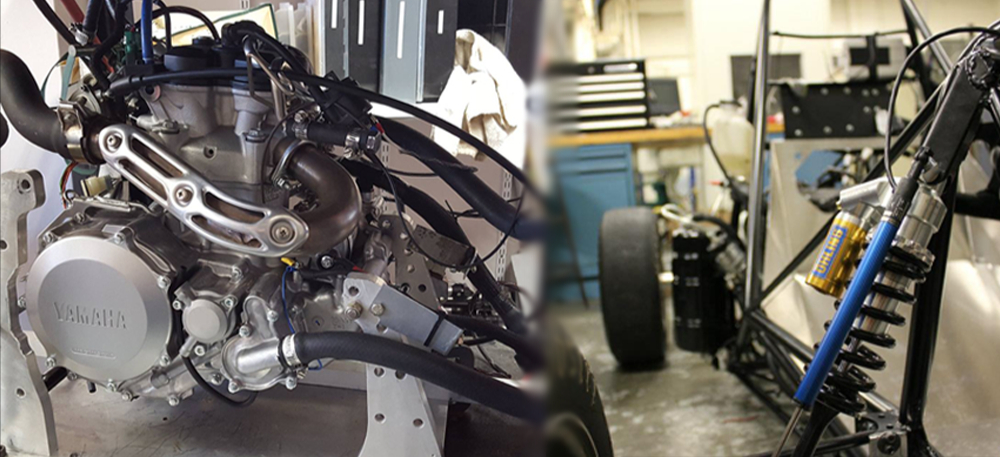
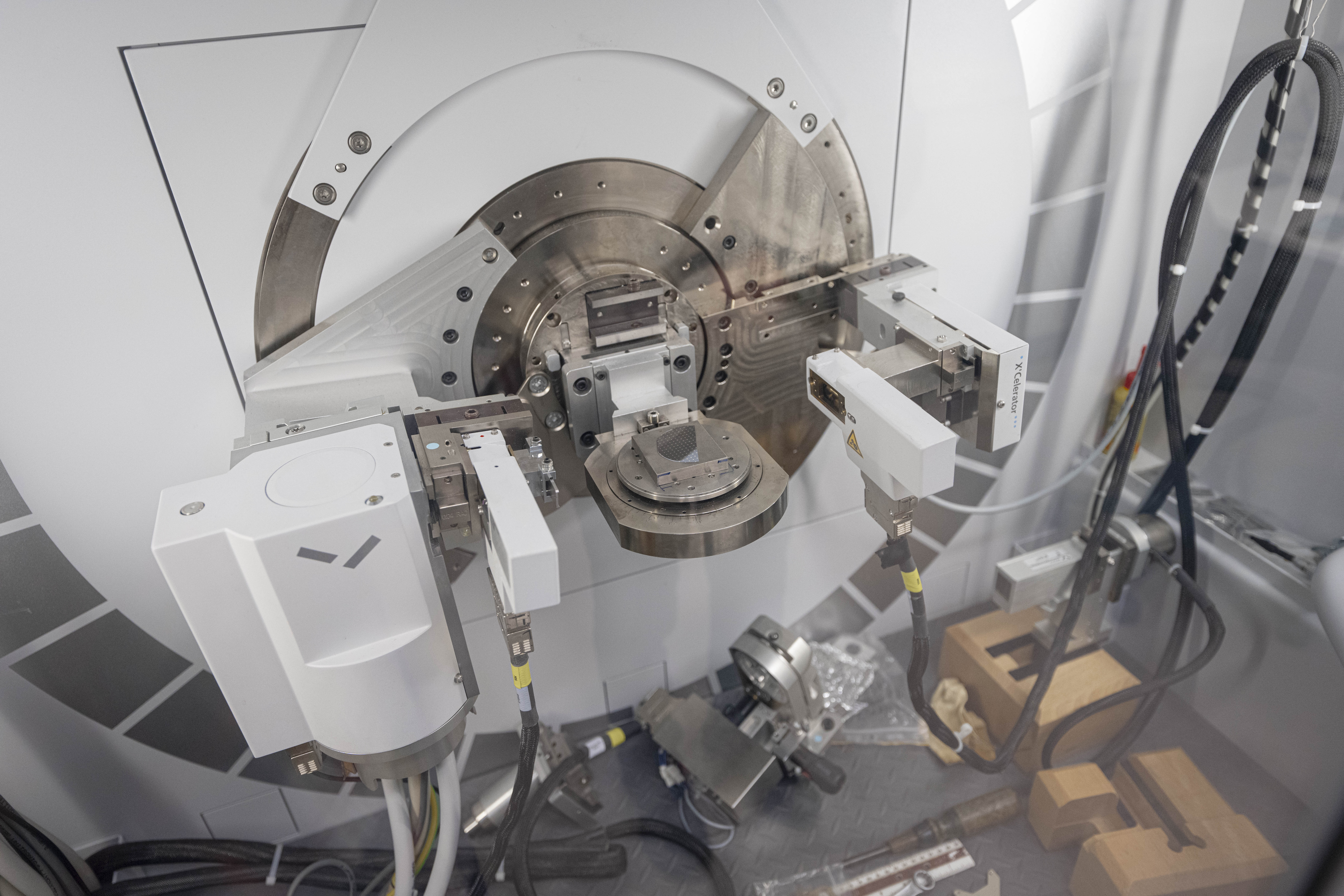
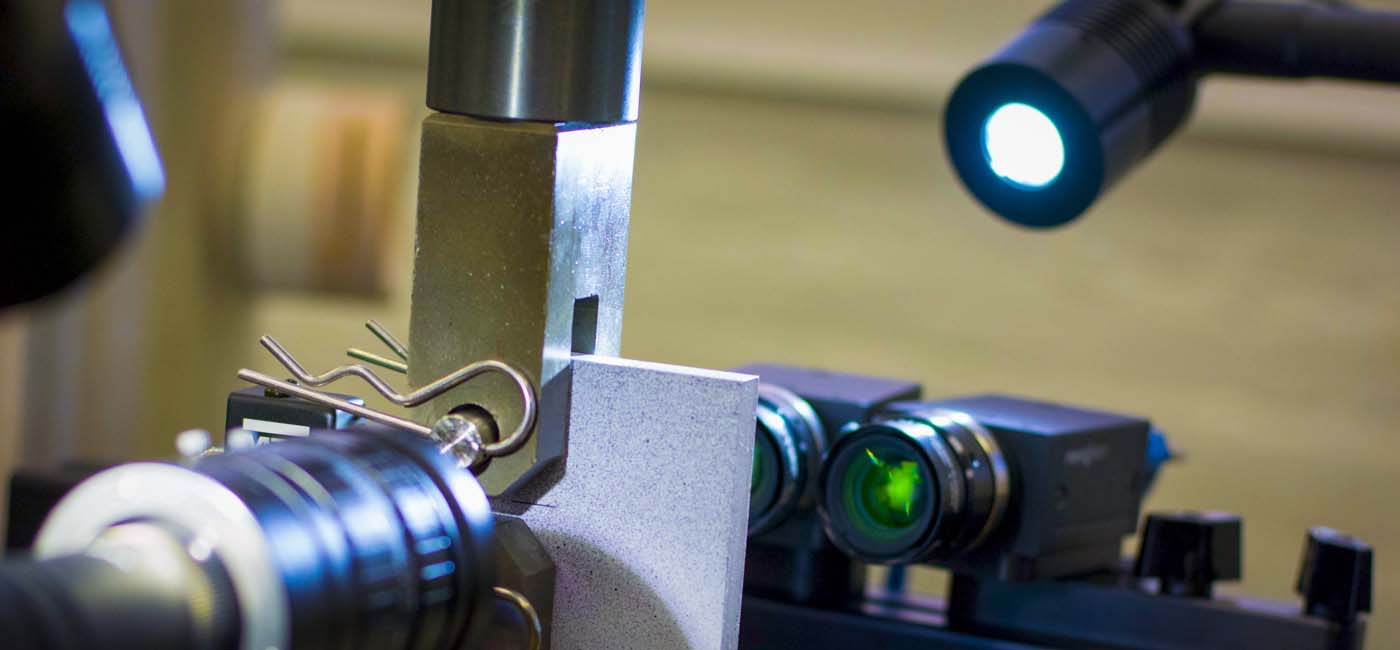
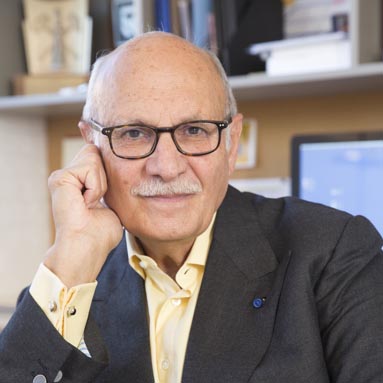
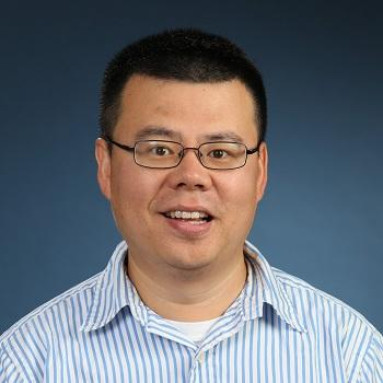
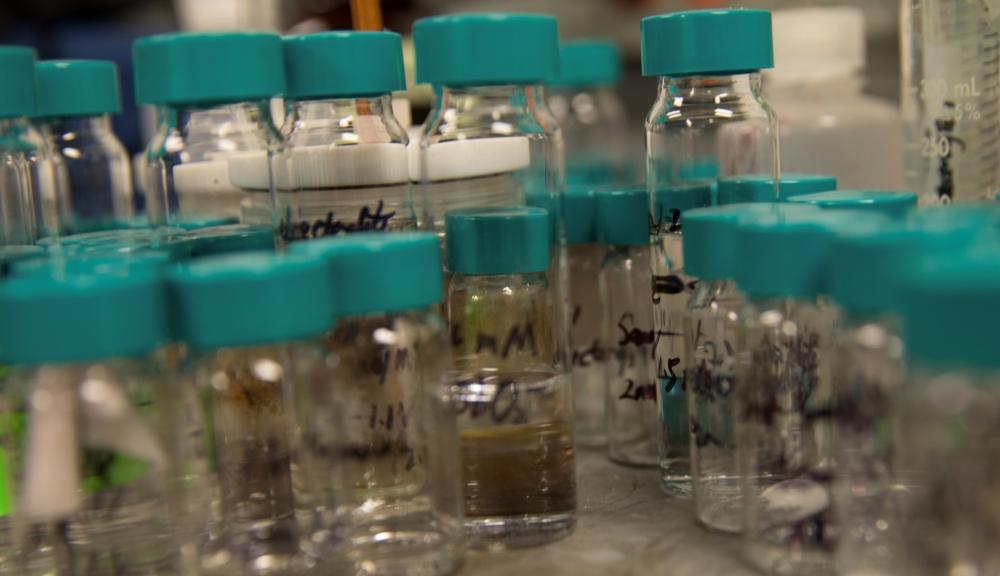
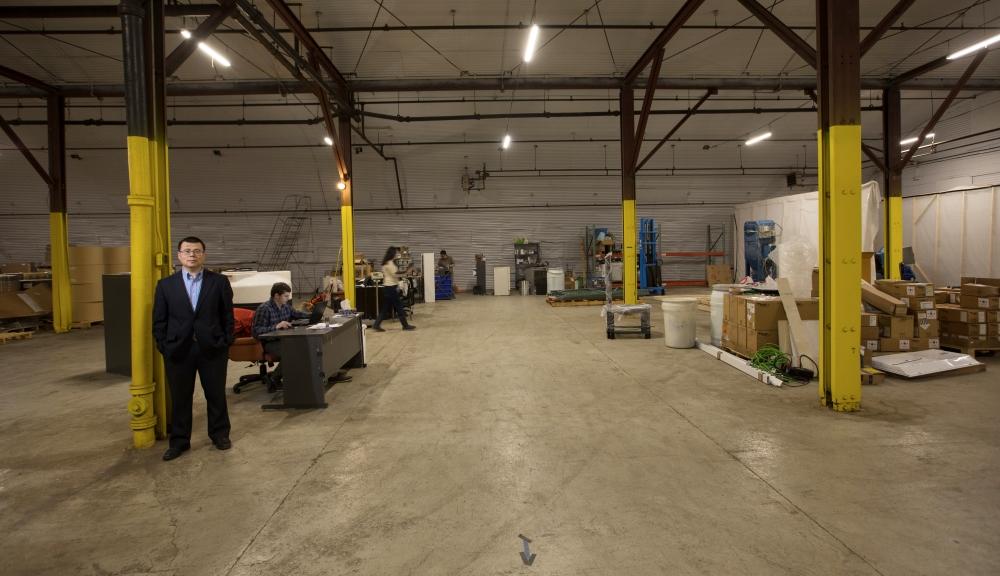
 In the reactor to Wang’s left, recovered battery
In the reactor to Wang’s left, recovered battery